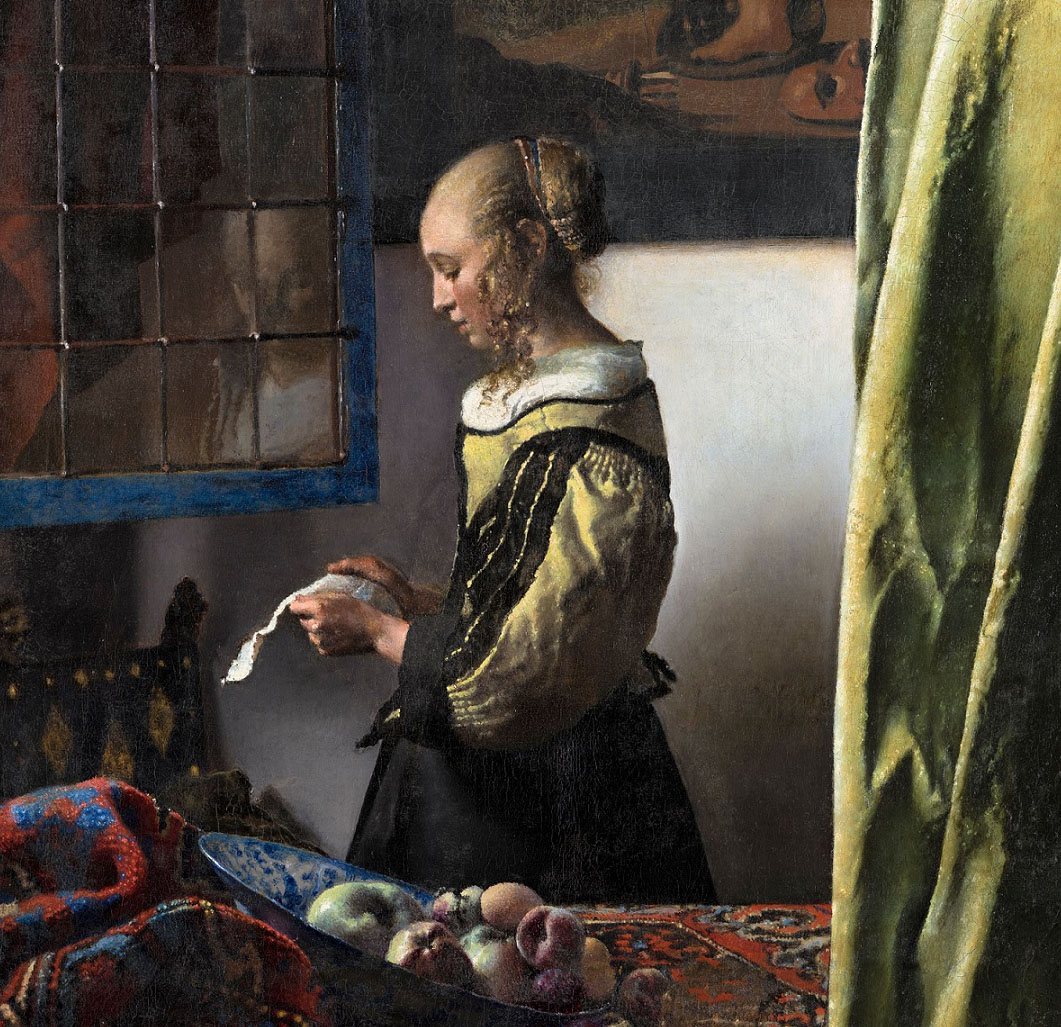[Translate to English:] Die Arbeit
The work Mineral Emissaries also deals with this theme: working together with the University of Freiberg / Sammlung Terra Mineralia, Eistrup accompanied scientists in geological research and analysis procedures. The work reveals how the meaning of Australia’s caves has changed: from hallowed grounds to sites where resources are sought, something that continues to shape the former colony’s present. The work Breathing Archives highlights the violent impact that museum collection policies have had on the regions and communities in question. In doing so, the artist also recalls the restitution policies of the GDR, which enable important impulses for current museum debates and discourses. Michelle Eistrup lives and works in Copenhagen.
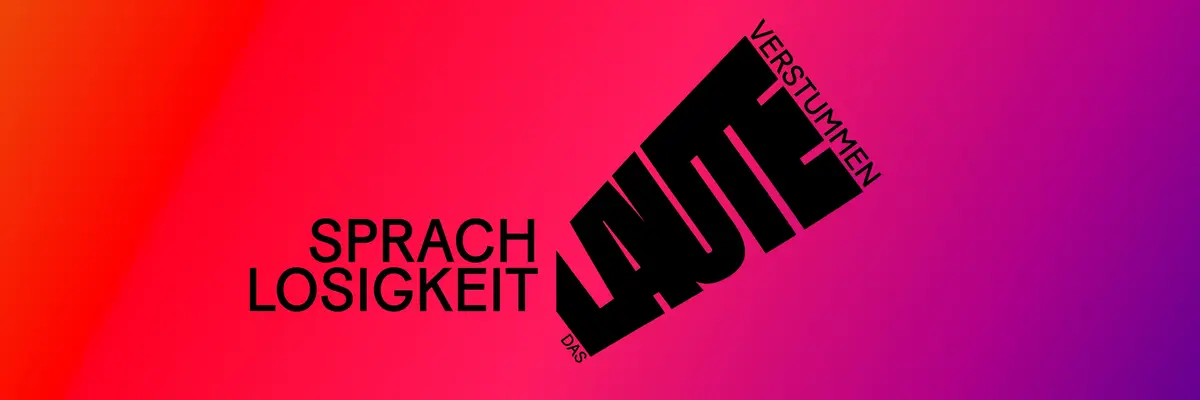
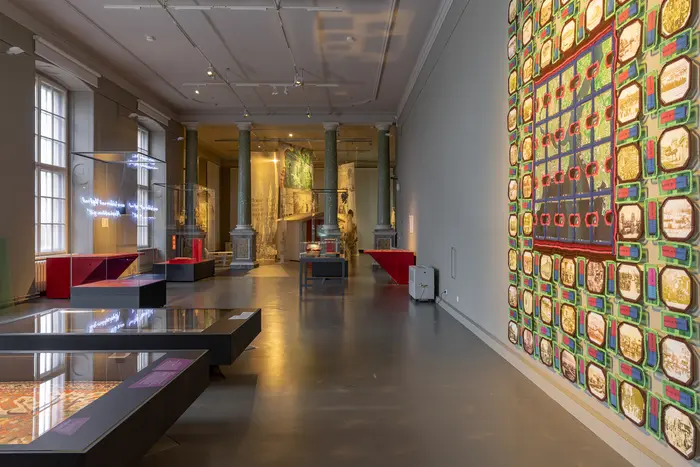
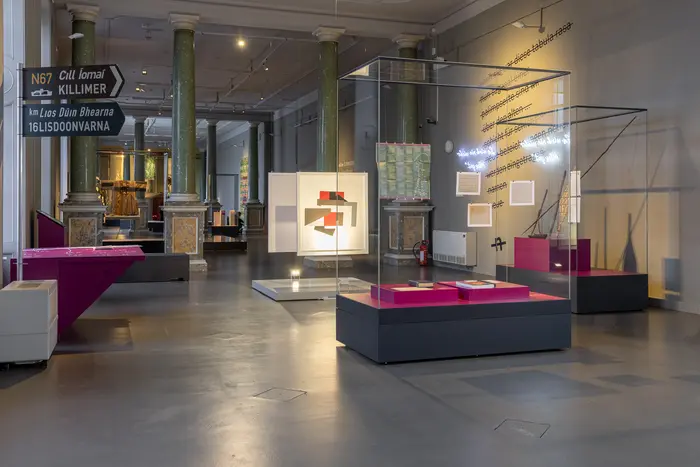
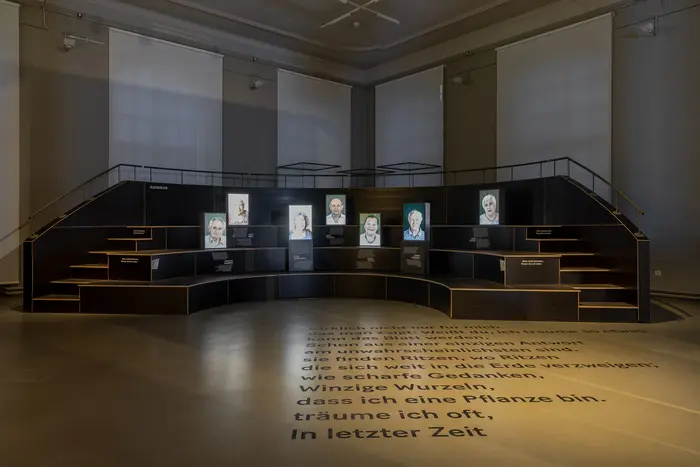
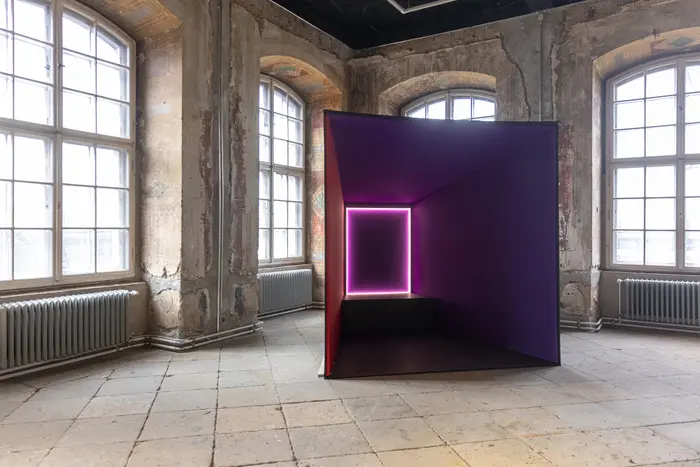
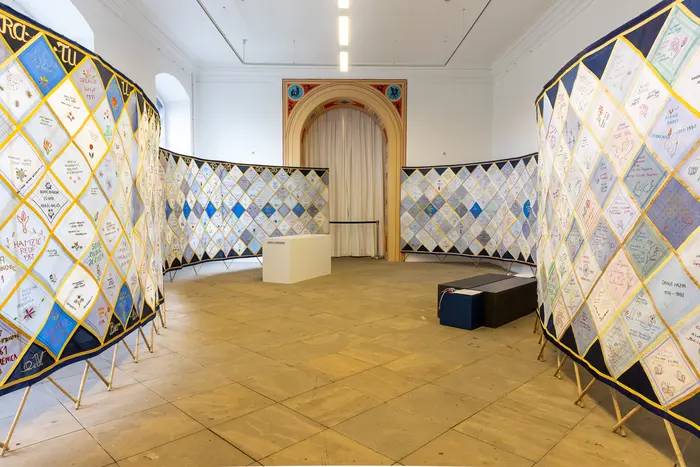
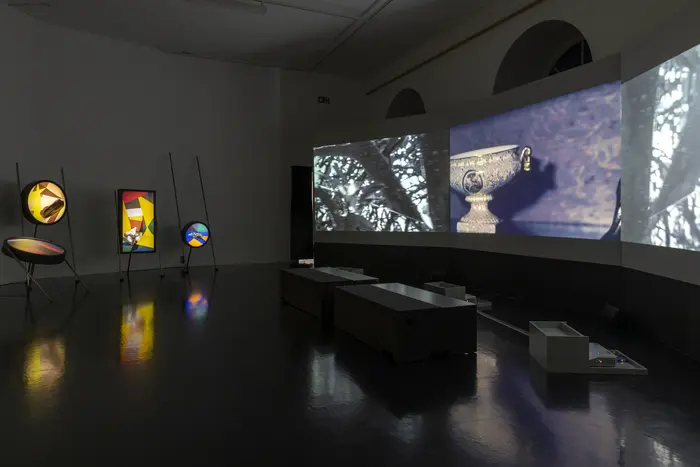
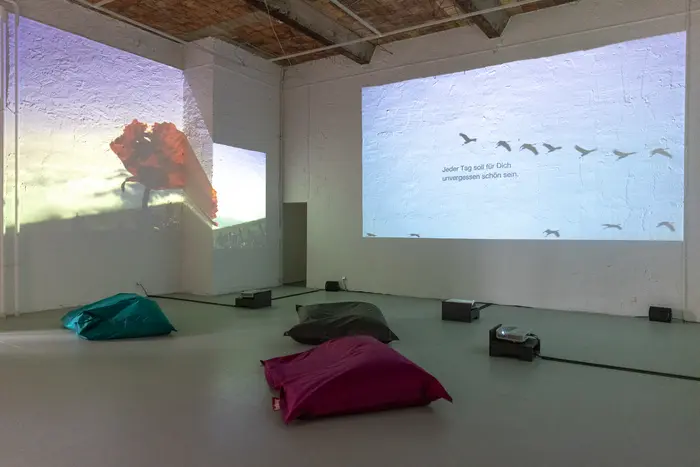
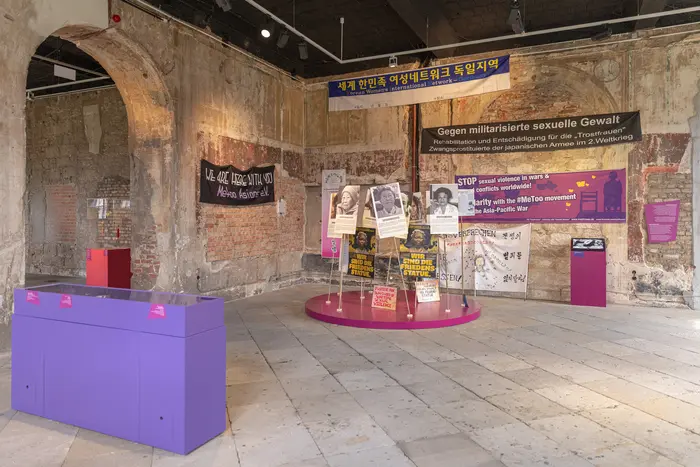

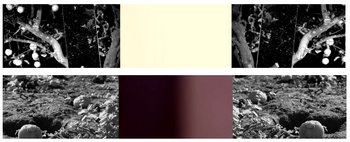
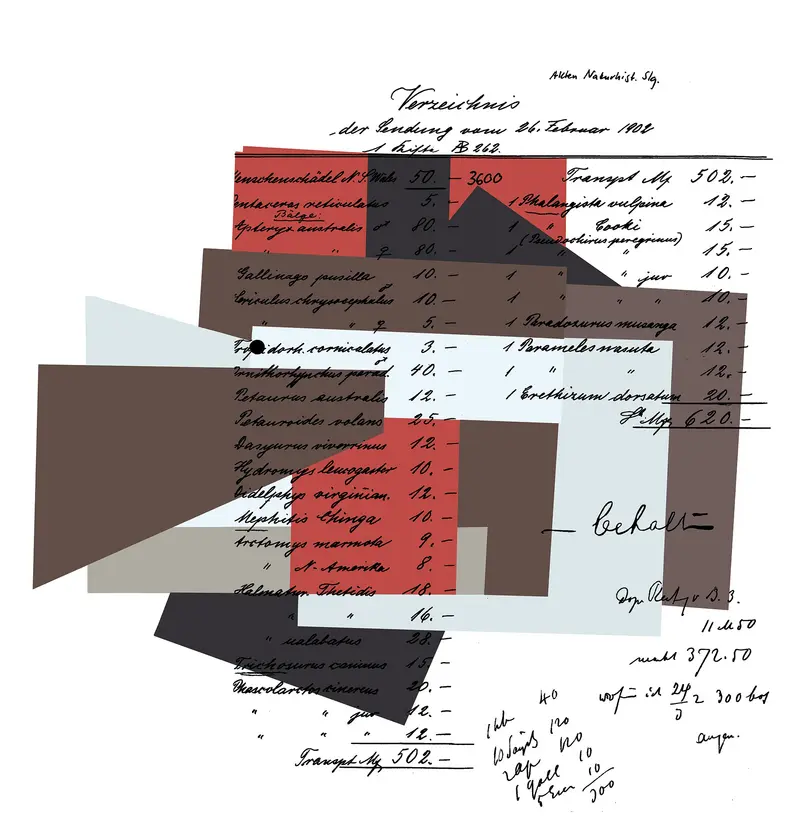
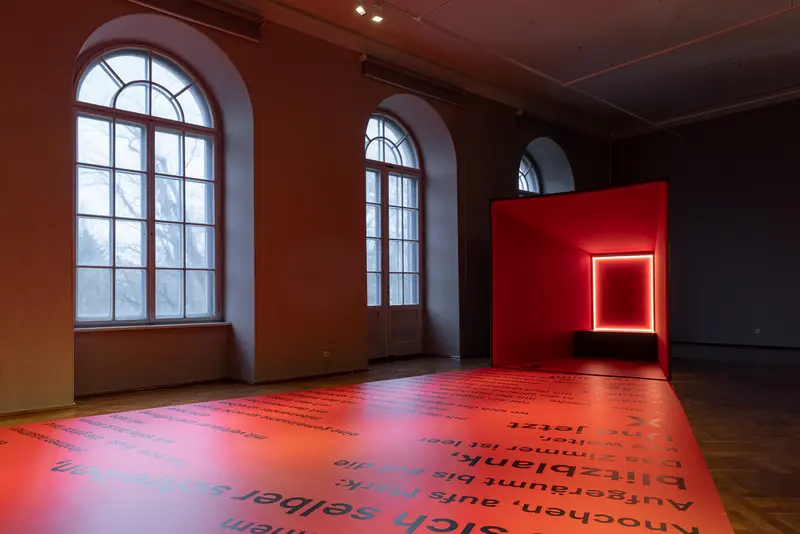

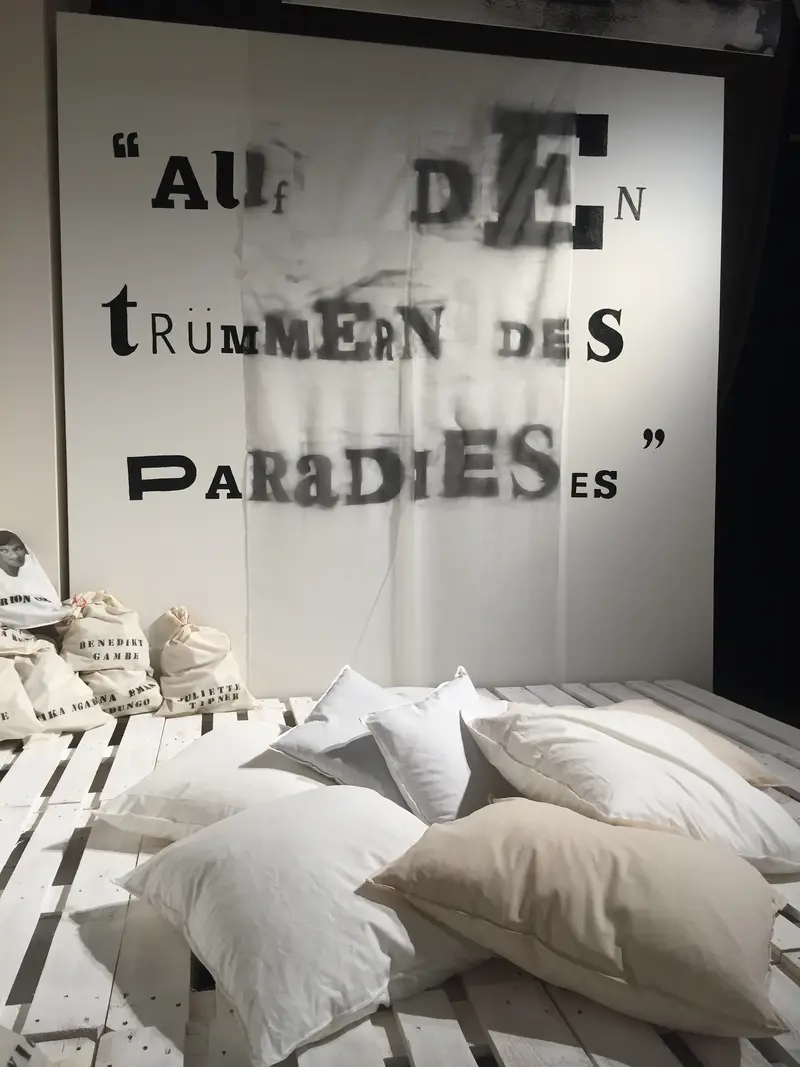
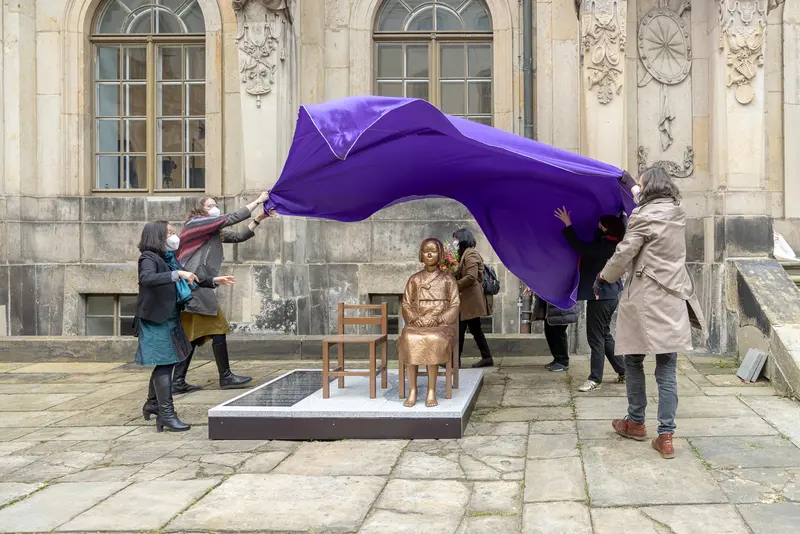
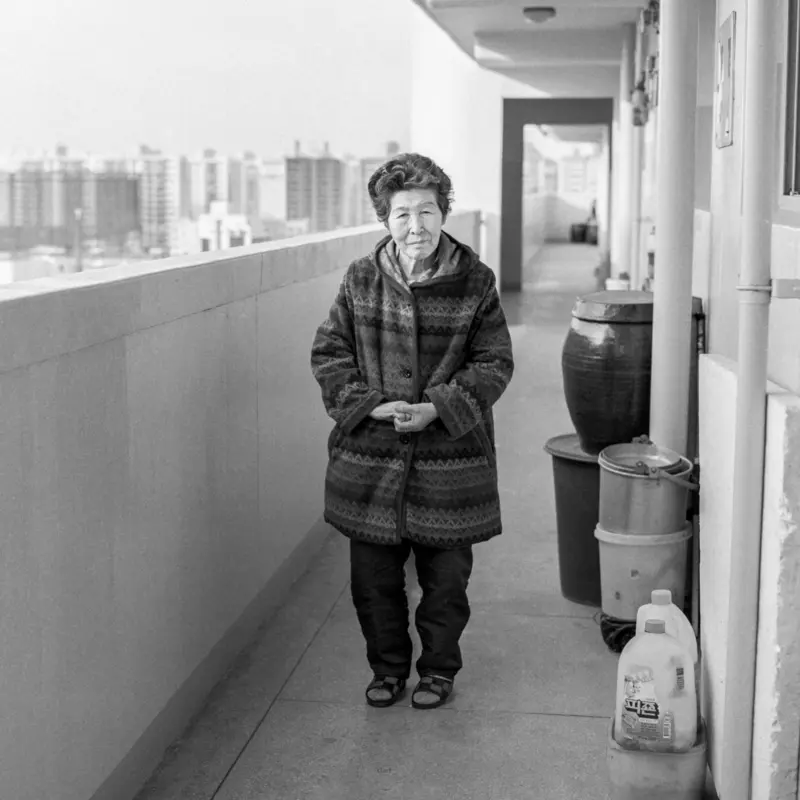

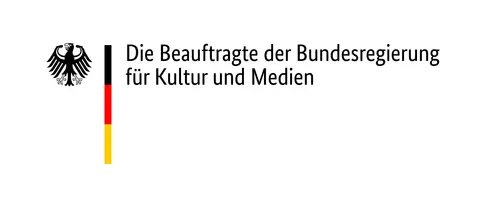


![[Translate to English:] [Translate to English:]](/fileadmin/_processed_/8/d/csm_Kinderbiennale3_30d8357574.jpg)
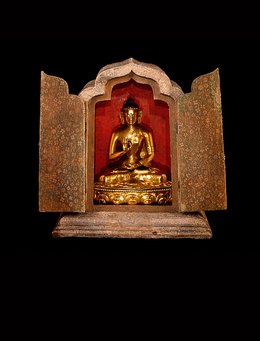
![[Translate to English:] [Translate to English:]](/fileadmin/_processed_/f/a/csm_11_Worobjow__ac856daaab.jpg)
